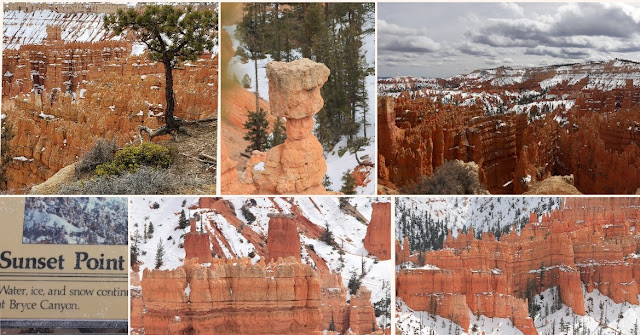| Larson Cabin, a one room lodging of Gustive Larson who had moved to Cedar City, Utah as a new seminary teacher in 1927. Larson and Arthur Fife visited unsurveyed US Government property. Access was by horses only, in 1930 Larson and Fife decided to homestead an area upstream of another homesteader, William Parker. Each homesteaded 160 acres. All logs, wood shingles, even the wood-burning stove was hauled through the woods by horses. Their families joined them sporadically. Larson lost his claim around 1937 after the government established Kolob Canyon as a section of Zion National Park in 1937. |





































































